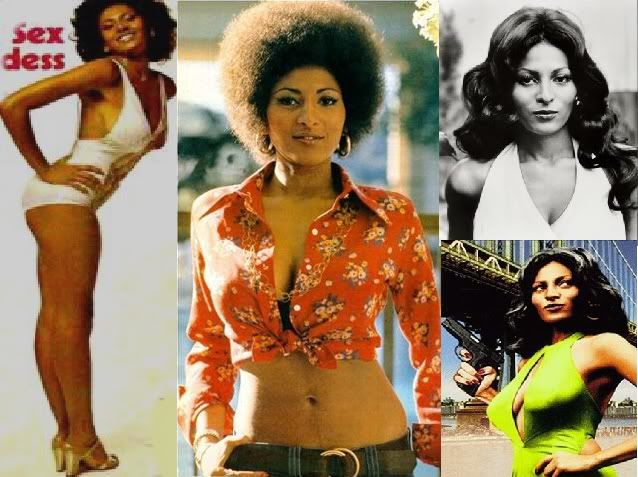This annotated bibliography blog is for my final project for ENG 8125: Research and Writing Methodology. Although this is a partial list of my sources, I feel it is a mix of scholarly articles and books from a variety of disciplines. My project and these subsequent sources focus on issues in blaxploitation-films of the 1970’s targeting black audiences starring mostly all-black casts which combined racial, political, and social issues.
Specifically, my project deals with perceptions of race and class by Generation X African-American and their reactions to blaxploitation films with female leads. Several articles in this annotated bibliography have extensively discussed some of these films, such as Coffy and Cleopatra Jones. I plan to take a feminist (black feminist) approach and advocacy standpoint in my research project. I also plan on incorporating the actual films into my research project by having both a film viewing and survey/interviews of Generation X African-American women to gauge their reactions to blaxploitation films with female leads.
My research serves to answer the question (s): What are the modern reactions and interpretations of Generation X African American Woman (ages 30-40 specifically) to female-centered/female-lead Blaxploitation films? Based on modern black feminist aesthetics, will these reactions toward these films be skewed more positively, negatively or impartially?
(Film Trailer for Cleopatra Jones available at Youtube.com )
